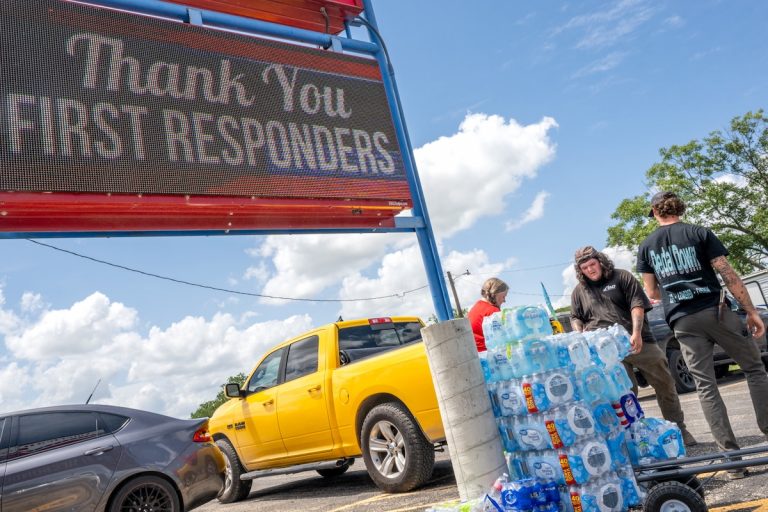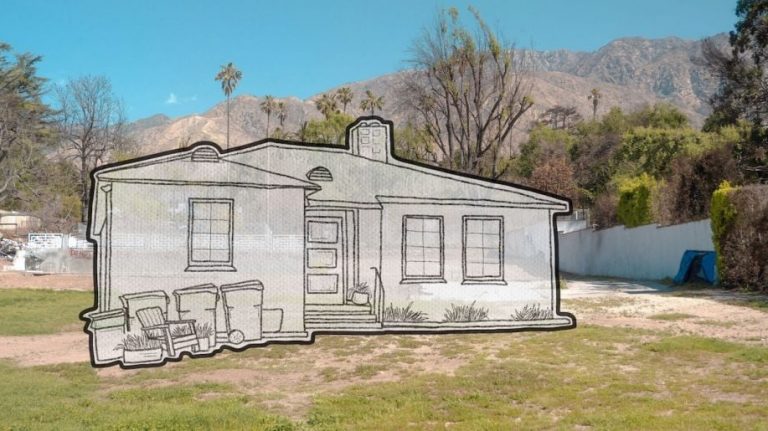20 States Sue Trump Administration For Slashing FEMA Disaster Program
A group of 20 states sued the Trump administration on Wednesday over the shutting down of a multibillion-dollar grant program with the purpose of strengthening natural disaster preparation and mitigation.
The lawsuit filed in a Boston federal court contends that the United States Federal Emergency Management Agency (FEMA) unlawfully eliminated its Building Resilient Infrastructures and Communities (BRIC) program, overriding Congress.
The states said in the complaint that the shutdown’s impacts have been “devastating,” reported The Hill.













